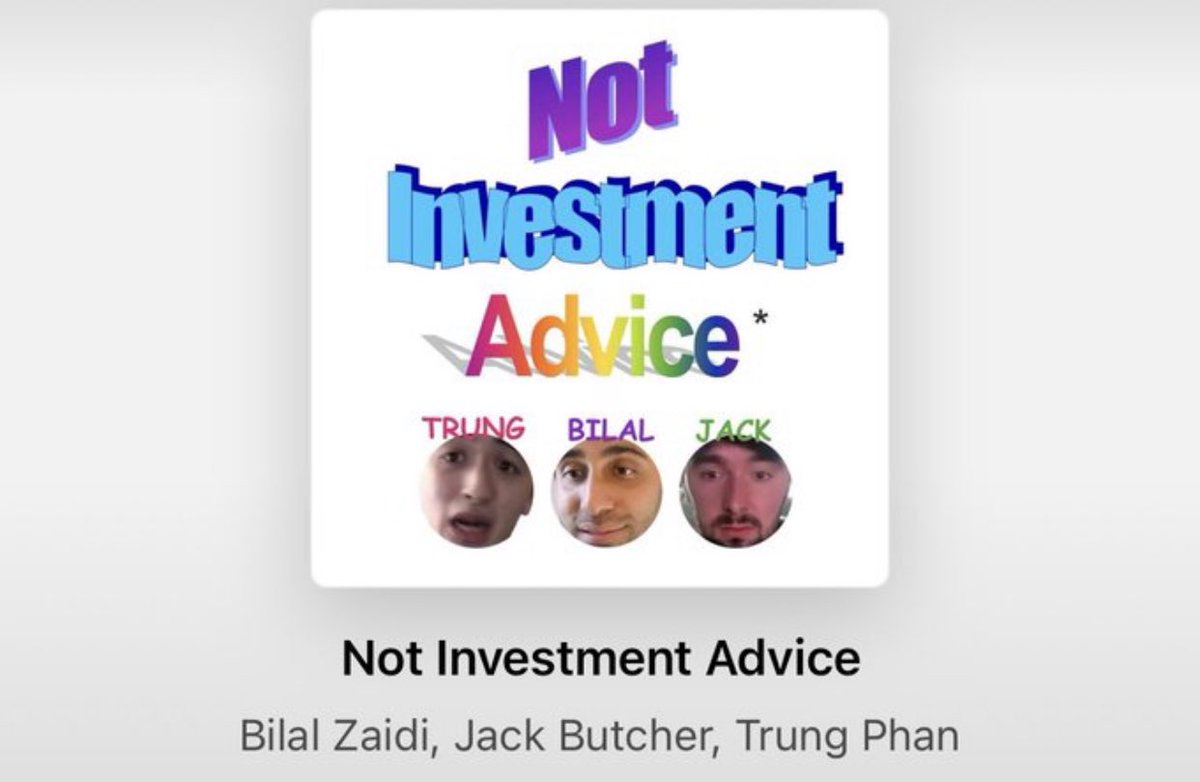
FYI: Check out latest Not Investment Advice (NIA) podcast, where we guess the next trillion-dollar company (spoiler alert: GM didn’t make the cut)
🔗 podcasts.apple.com/us/podcast/ep-…
🔗 podcasts.apple.com/us/podcast/ep-…

For Rivian to achieve the same public market return as Tesla (658x), it’s market cap would have to hit $69 trillion.
(h/t @danprimack)
axios.com/rivian-ipo-tes…
(h/t @danprimack)
axios.com/rivian-ipo-tes…
• • •
Missing some Tweet in this thread? You can try to
force a refresh























